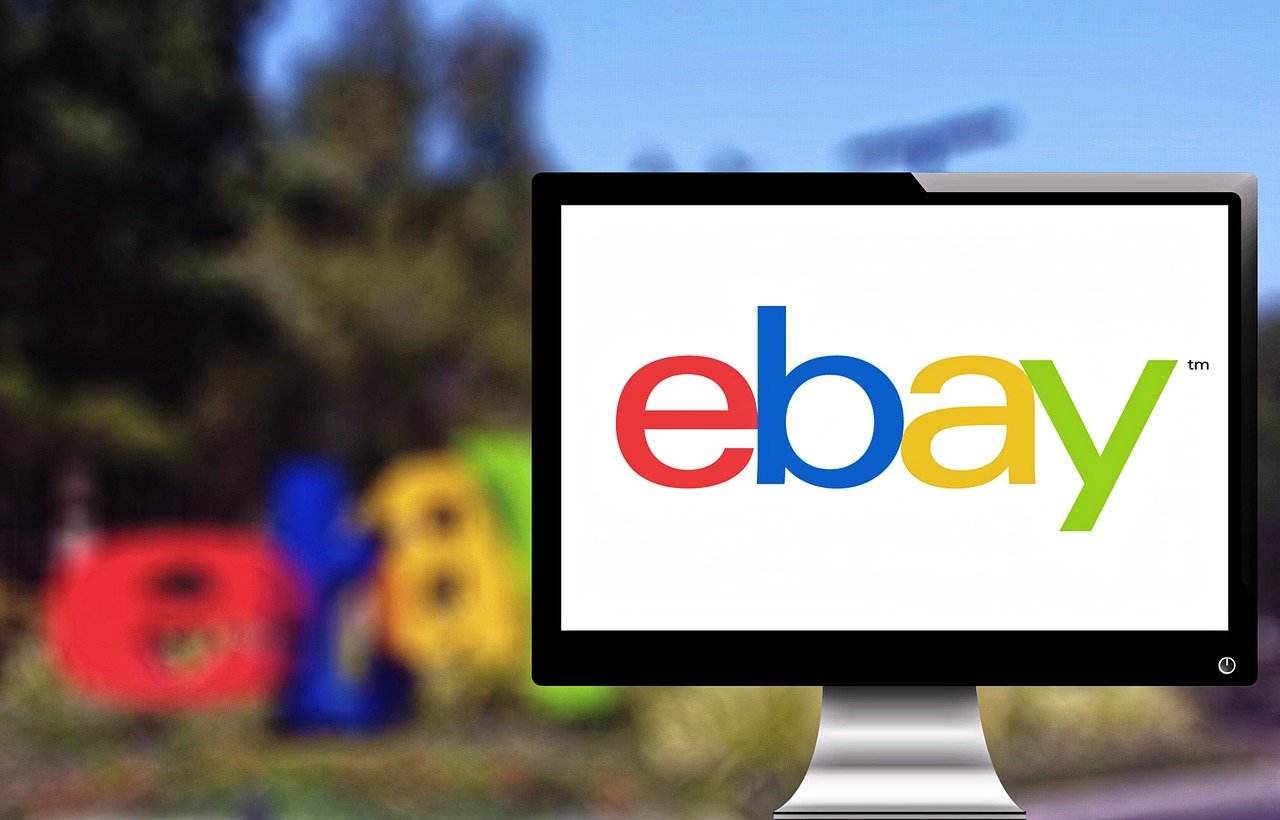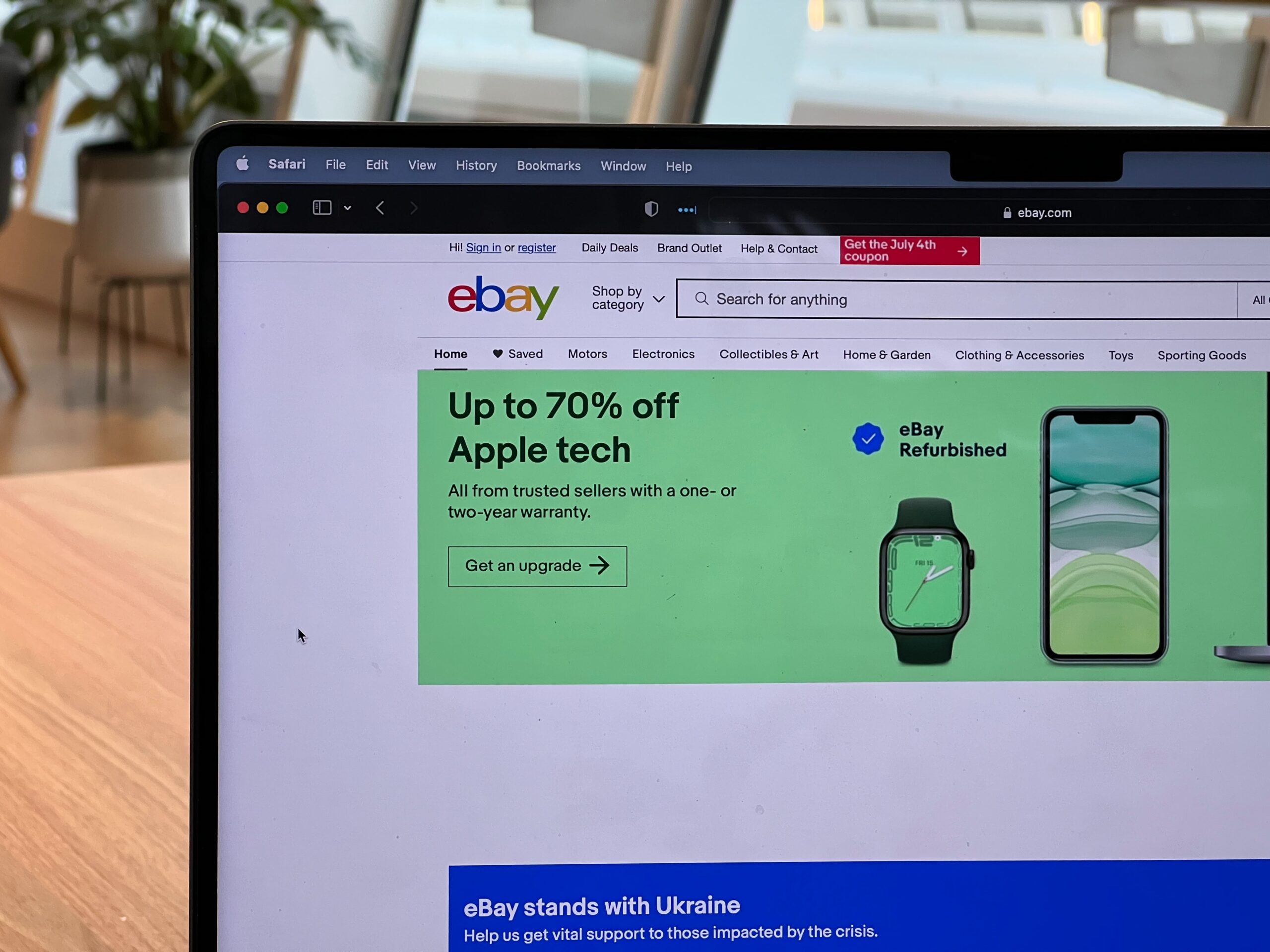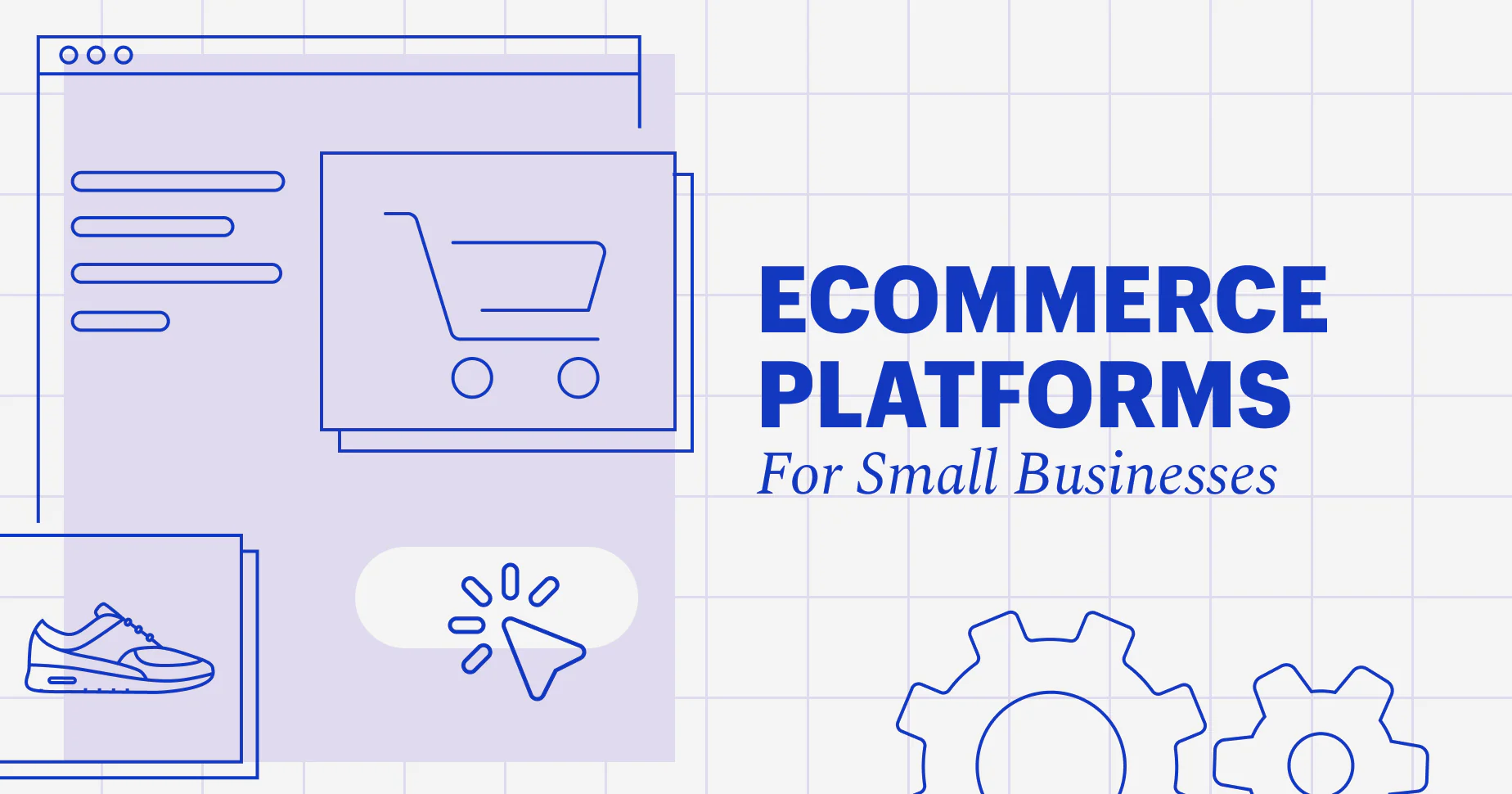
Are you looking for a way to make money online without needing to invest in physical inventory? Look no further. In this article, we will explore the top 10 profitable digital products that you can sell to start earning a passive income. Whether you’re an entrepreneur searching for a new venture or simply looking to monetize your existing skills and knowledge, selling digital products can be a lucrative way to generate revenue.
From e-books and online courses to stock photos and graphic templates, the digital market offers a wide range of opportunities for savvy online entrepreneurs. Not only can you create these products once and sell them repeatedly, but they also require little to no overhead costs, making them particularly attractive for those on a budget.
So, without further ado, let’s dive into the top 10 profitable digital products that can help you make money online.
- Benefits of Selling Digital Products
- Choosing The Right Digital Products To Sell
- Digital Product Ideas For Beginners
- How to Create and Package Your Digital Products
- Pricing Your Digital Products For Maximum Profitability
- Marketing and Promoting Your Digital Products
- Selling Your Digital Products On Online Platforms
- Conclusion
Benefits of Selling Digital Products

Selling digital products has become an increasingly popular way for individuals to make money online. The benefits of selling digital products are numerous and can provide you with a passive income stream that requires minimal effort to maintain. Here are a few key advantages of selling digital products:
- Low overhead costs: Unlike physical products that require inventory, storage, and shipping, digital products can be created and delivered electronically. This eliminates the need for physical resources and reduces overhead costs significantly.
- Scalability: Digital products can be created once and sold an unlimited number of times. This means that as your customer base grows, your revenue potential increases without any additional effort on your part.
- Flexibility: Selling digital products allows you to work from anywhere and at any time. You can set your own schedule and have the freedom to pursue other interests while still generating income.
- No shipping or fulfillment: With digital products, there is no need to worry about shipping logistics or fulfillment processes. Customers can instantly access their purchased products, eliminating any delays or additional costs associated with physical delivery.
- Global reach: The internet provides a global marketplace, allowing you to reach customers from all over the world. This opens up a vast pool of potential buyers and increases your revenue potential.
- Passive income: Once your digital products are created and set up for sale, they can generate income on autopilot. This means that even when you’re not actively promoting or selling, you can still earn money from your digital products.
- Opportunity for expertise monetization: Selling digital products allows you to leverage your expertise and knowledge in a specific field. Whether you’re a skilled writer, photographer, or teacher, you can create digital products that showcase your expertise and monetize your skills.
Selling digital products offers a wide range of benefits that make it an attractive option for anyone looking to make money online. Now that we’ve explored the advantages, let’s move on to the next section and discuss how to choose the right digital products to sell.
Choosing The Right Digital Products To Sell

When it comes to selling digital products, choosing the right ones is crucial for your success. Here are a few factors to consider when selecting the digital products to sell:
- Market demand: Research the market to identify popular niches and products that are in high demand. Look for gaps or opportunities that you can fill with your unique digital products.
- Your expertise and interests: Focus on digital products that align with your skills, knowledge, and interests. By leveraging your expertise, you’ll be able to create high-quality products that resonate with your target audience.
- Profitability: Consider the potential profitability of the digital products you’re considering. Evaluate the pricing and profit margins to ensure that your efforts will be rewarded financially.
- Competition: Assess the level of competition in the market for the digital products you’re interested in selling. While some competition can be healthy, too much competition may make it difficult to stand out and make sales.
- Value proposition: Determine the unique value proposition that your digital products offer. What sets them apart from the competition? How will they benefit your customers? Clearly define the value your products provide to attract potential buyers.
Digital Product Ideas For Beginners

If you’re new to selling digital products, it can be overwhelming to know where to start. Here are some beginner-friendly digital product ideas that you can consider:`
1. E-books: Write and publish e-books on topics that you’re knowledgeable about. E-books are a popular digital product and can be sold on platforms like Amazon Kindle, Whop, or your own website.
2. Online courses: Create and sell online courses on platforms like Udemy or Teachable. Share your expertise and teach others valuable skills or knowledge in a structured and engaging format.
3. Stock photos: If you have a knack for photography, you can sell your high-quality stock photos on platforms like Shutterstock or Adobe Stock. Many businesses and individuals are in constant need of visually appealing images for their websites, social media, and marketing materials.
4. Graphic templates: Design and sell graphic templates for social media posts, flyers, business cards, and more. Platforms like Creative Market and Etsy are great places to sell these types of digital products.
5. Printables: Create printable templates for planners, calendars, worksheets, and more. These types of digital products are popular among individuals looking for organizational tools and can be easily sold on your own website or through online marketplaces.
6. Music and sound effects: If you have a talent for music or sound design, consider creating and selling royalty-free music tracks or sound effects. This can be a lucrative market, especially for content creators in need of high-quality audio assets.
7. Digital art and illustrations: If you’re skilled in digital art or illustration, consider selling your artwork as digital downloads. Platforms like Etsy, Society6, and Redbubble allow artists to sell their creations as prints or downloadable files.
8. Software and plugins: If you have programming skills, you can develop and sell software applications or plugins. Identify a problem or need in a specific niche and create a solution that can be monetized.
9. Templates and themes: Design and sell website templates, WordPress themes, or templates for popular design software like Adobe Photoshop or Illustrator. Many individuals and businesses are in need of customizable templates to create professional-looking websites or designs.
10. Membership sites: Create a membership site where you offer exclusive content, resources, or services to subscribers. This can be a recurring source of income if you provide valuable and sought-after content.
How to Create and Package Your Digital Products
Creating and packaging your digital products effectively is essential to attract customers and generate sales. Here are some key steps to follow:
- Plan and outline: Before you start creating your digital product, plan and outline the content or features you want to include. This will help you stay organized and ensure that your product is comprehensive and valuable.
- Content creation: Whether you’re writing an e-book, recording video lessons for an online course, or designing graphic templates, focus on creating high-quality content. Take the time to research, gather relevant information, and ensure that your product is well-structured and engaging.
- File formats: Consider the file formats that are most convenient for your customers. For example, e-books can be offered in PDF or EPUB formats, while video lessons can be provided as downloadable MP4 files. Ensure that your digital products are compatible with commonly used devices and platforms.
- Packaging and branding: Create a visually consistent and appealing packaging for your digital products. This includes designing eye-catching cover images, creating compelling product descriptions, and incorporating your branding elements.
- Testing and quality assurance: Before launching your digital products, thoroughly test them to ensure that they function as intended and are free of errors. This includes checking for broken links, typos, or any other issues that may impact the customer experience.
- Delivery and access: Determine how you will deliver your digital products to customers. This can be through a secure download link, email delivery, or a membership site where customers can access their purchased products.
Pricing Your Digital Products For Maximum Profitability
Pricing your digital products correctly is crucial for maximizing profitability and ensuring that your products sell well. Here are some factors to consider when determining the price:
- Value proposition: Consider the unique value proposition that your digital products offer. If your products solve a specific problem or provide valuable knowledge, you can justify a higher price point.
- Market research: Research the market and analyze the pricing of similar digital products. This will give you an idea of the price range that customers are willing to pay.
- Costs and expenses: Take into account the costs and expenses associated with creating and marketing your digital products. This includes your time, software or equipment costs, and any other investments you’ve made.
- Profit margin: Determine the profit margin you want to achieve with each sale. This will depend on your revenue goals and the perceived value of your products.
- Promotions and discounts: Plan for occasional promotions or discounts to attract new customers or boost sales. This can create a sense of urgency and encourage potential buyers to make a purchase.
Marketing and Promoting Your Digital Products

Marketing and promoting your digital products are essential steps to generate sales and increase your online visibility. Here are some effective strategies to consider:
1. Content marketing: Create valuable and informative content that is related to your digital product niche. This can be in the form of blog posts, videos, podcasts, or social media content. Share your expertise and provide value to your target audience, establishing yourself as an authority in the field.
2. Email marketing: Build an email list of interested subscribers and regularly communicate with them. Send out newsletters, updates, and exclusive offers to keep them engaged and informed about your digital products.
3. Social media marketing: Utilize social media platforms to promote your digital products. Create engaging content, interact with your audience, and leverage social media advertising to reach a wider audience.
4. Influencer partnerships: Collaborate with influencers or industry experts who have a large following in your niche. This can help you tap into their audience and gain exposure for your digital products.
5. Affiliate marketing: Set up an affiliate program where others can promote your digital products in exchange for a commission. This can help you reach a wider audience and increase your sales.
6. Paid advertising: Consider investing in paid advertising to promote your digital products. Platforms like Google Ads, Facebook Ads, or YouTube Ads can help you target specific audiences and drive traffic to your products.
7. Customer testimonials and reviews: Encourage satisfied customers to leave testimonials or reviews for your digital products. Positive feedback can build social proof and increase trust among potential buyers.
8. Guest blogging and podcasting: Seek out opportunities to guest blog or appear on podcasts in your niche. This can help you reach new audiences and establish credibility in the industry.
9. Search engine optimization (SEO): Optimize your website and product descriptions for search engines to increase your organic visibility. Conduct keyword research and implement SEO best practices to improve your rankings.
10. Webinars and live events: Host webinars or live events where you can showcase your digital products and provide valuable insights or training. This can create a sense of exclusivity and urgency among your audience.
Selling Your Digital Products On Online Platforms

When it comes to selling digital products, there are various online platforms available that can help you reach a wider audience and simplify the selling process. Here are some popular platforms to consider:
1. Marketplaces: Platforms like Amazon Kindle, Etsy, Creative Market, Whop or Envato Market allow you to list and sell your digital products alongside other sellers. These marketplaces have built-in audiences and can help you gain exposure for your products.
2. Online course platforms: If you’re selling online courses, platforms like Udemy, Teachable, or Thinkific provide a user-friendly interface for hosting and selling your courses. They handle the technical aspects, payment processing, and delivery of your course materials.
3. Membership site platforms: If you’re planning to sell your digital products through a membership site, platforms like MemberPress, Teachable, or Kajabi can help you set up and manage your membership site effectively.
4. Self-hosted websites: Building your own website and selling your digital products directly can provide you with more control and flexibility. Platforms like WordPress, Shopify, or Squarespace offer e-commerce capabilities and integrations for selling digital products.
5. Email marketing platforms: Some email marketing platforms, such as ConvertKit or Mailchimp, offer built-in features for selling digital products. This allows you to sell directly to your email subscribers without the need for a separate platform.
6. Digital download platforms: Platforms like Gumroad, SendOwl, or E-junkie specialize in selling digital products. They handle the delivery, payment processing, and security of your digital downloads.
Conclusion
Discovering the most profitable digital products to sell can be the key to unlocking a sustainable and lucrative online business. From ebooks and online courses to digital artwork and software, the possibilities are diverse and exciting. As we conclude our exploration into the realm of digital product profitability, it becomes evident that success in the digital marketplace hinges on a combination of market awareness, creative innovation, and a strategic approach to meet the evolving needs of the online consumer.
Remember, the digital economy thrives on value. Whether you’re an aspiring creator or a seasoned entrepreneur, the journey towards crafting and selling digital products that resonate with your audience requires a deep understanding of your niche, relentless dedication, and a commitment to delivering exceptional quality.





















